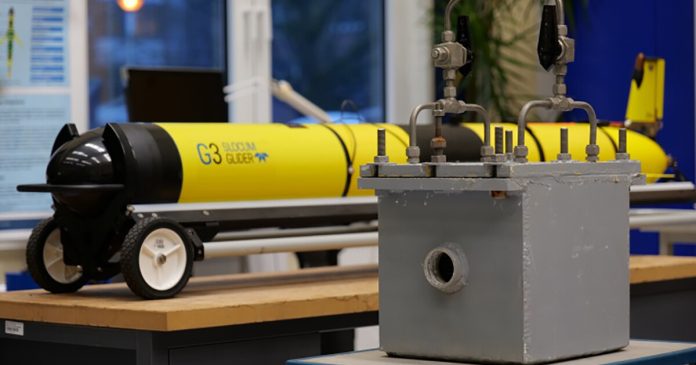Researchers from the Helmholtz-Zentrum Hereon have developed an artificial gill that can extract oxygen from seawater to power robotic sea gliders on long missions, mimicking how fish extract oxygen.
Underwater gliders have become an important tool for oceanographic research, moving by variable buoyancy propulsion instead of traditional propellers. This method allows them to carry out long missions across thousands of miles, monitoring ocean conditions and carrying out various tasks.
The challenge lies in powering the gliders, as traditional lithium batteries have their limitations and are subject to strict regulations. To address this, researchers have developed a fuel cell system that converts hydrogen and oxygen into electricity.
The system includes an advanced silicone polymer membrane with high oxygen permeability to extract oxygen from seawater. This oxygen is then fed to a fuel cell to produce electricity, with water as the only waste product. The design ensures consistent oxygen supply under various underwater conditions.
The system eliminates the need for onboard oxygen storage, allowing for higher energy density and lower operating costs compared to current battery solutions. The research was published in Advanced Science.
Source: Helmholtz-Zentrum Hereon




